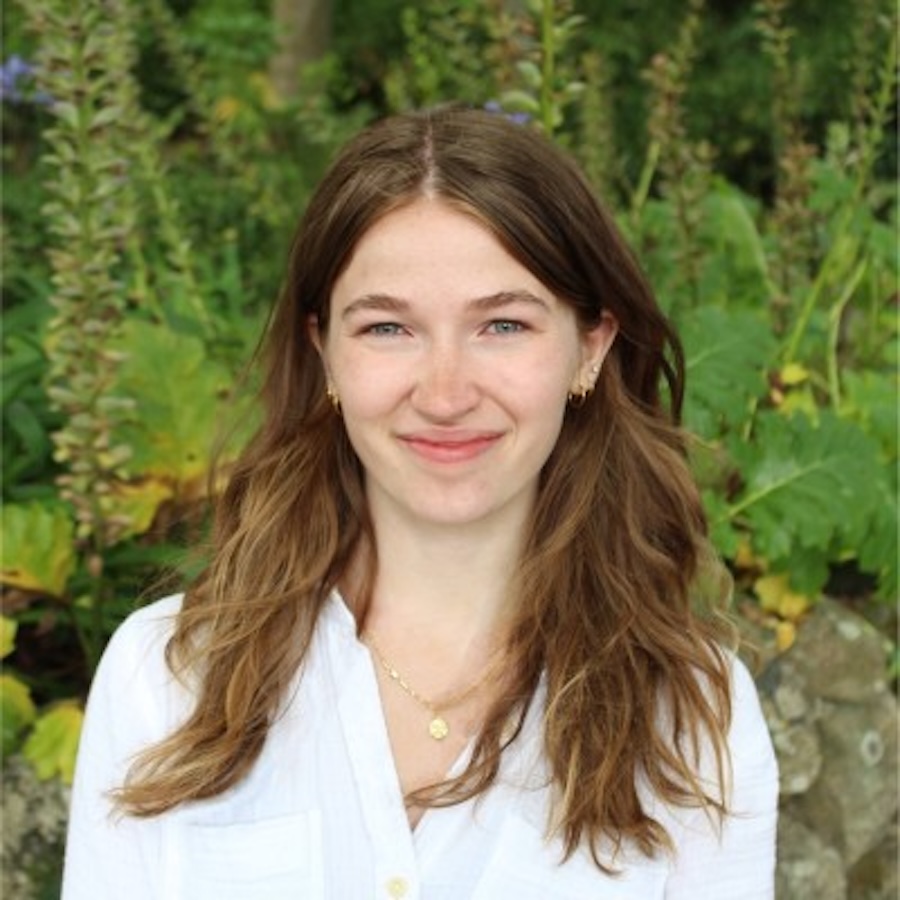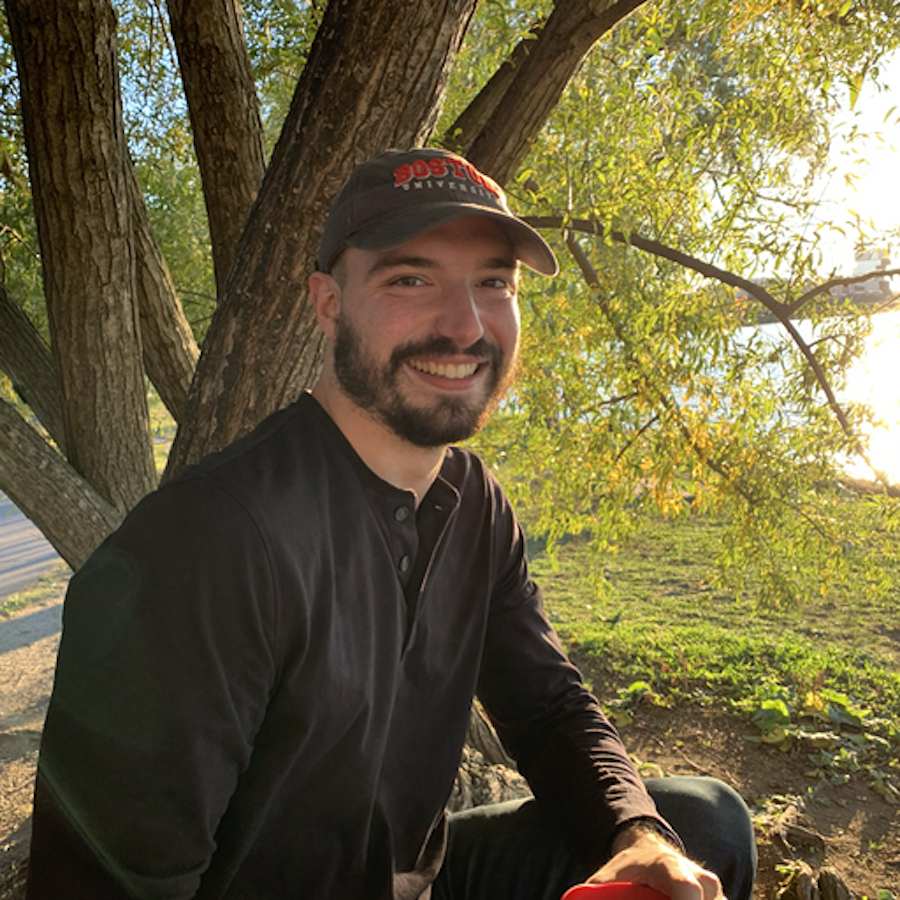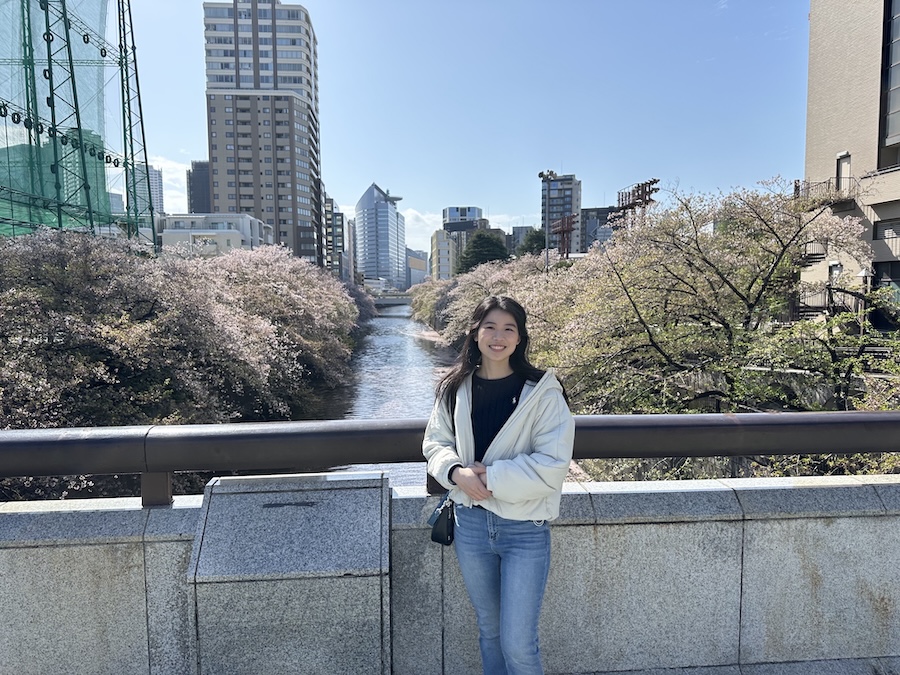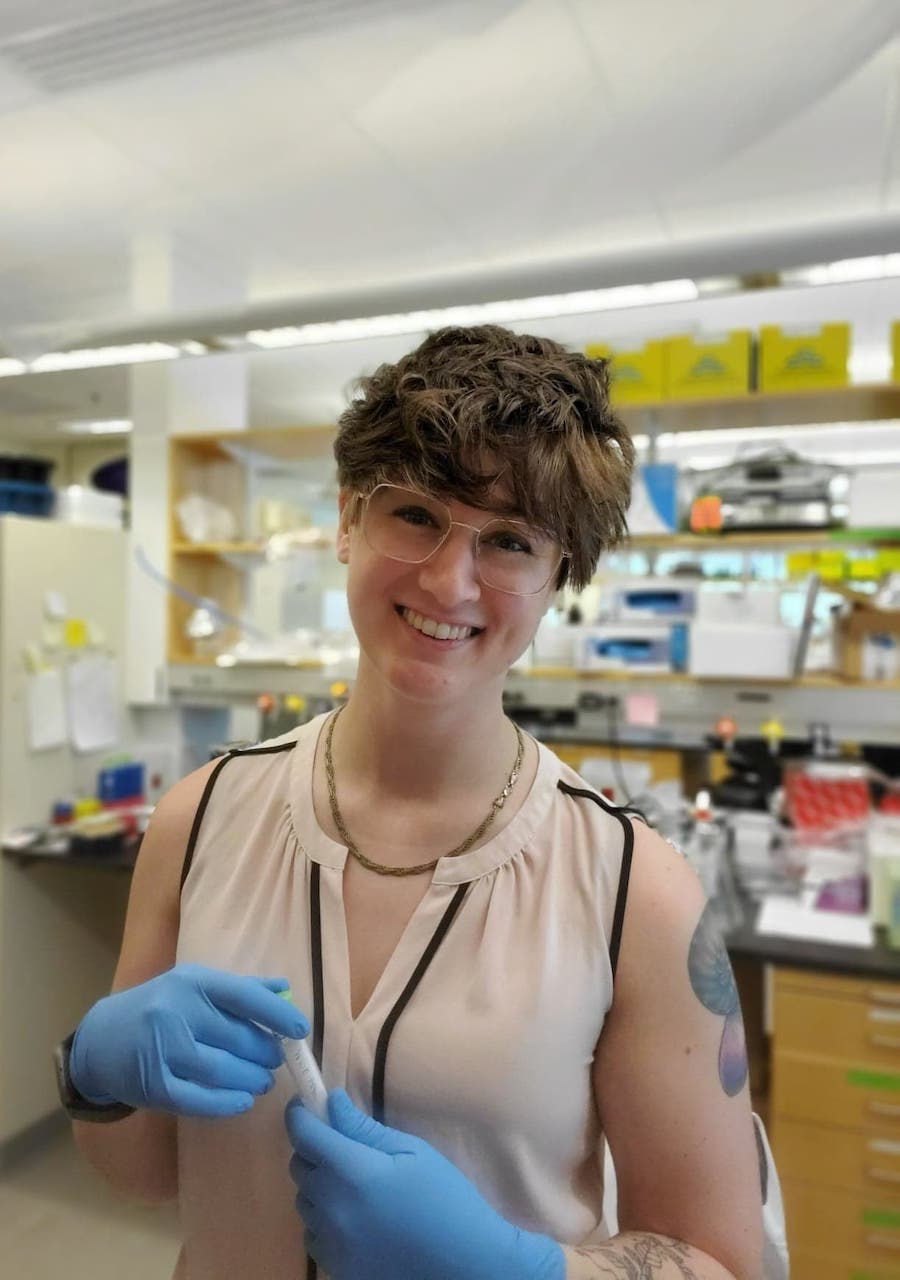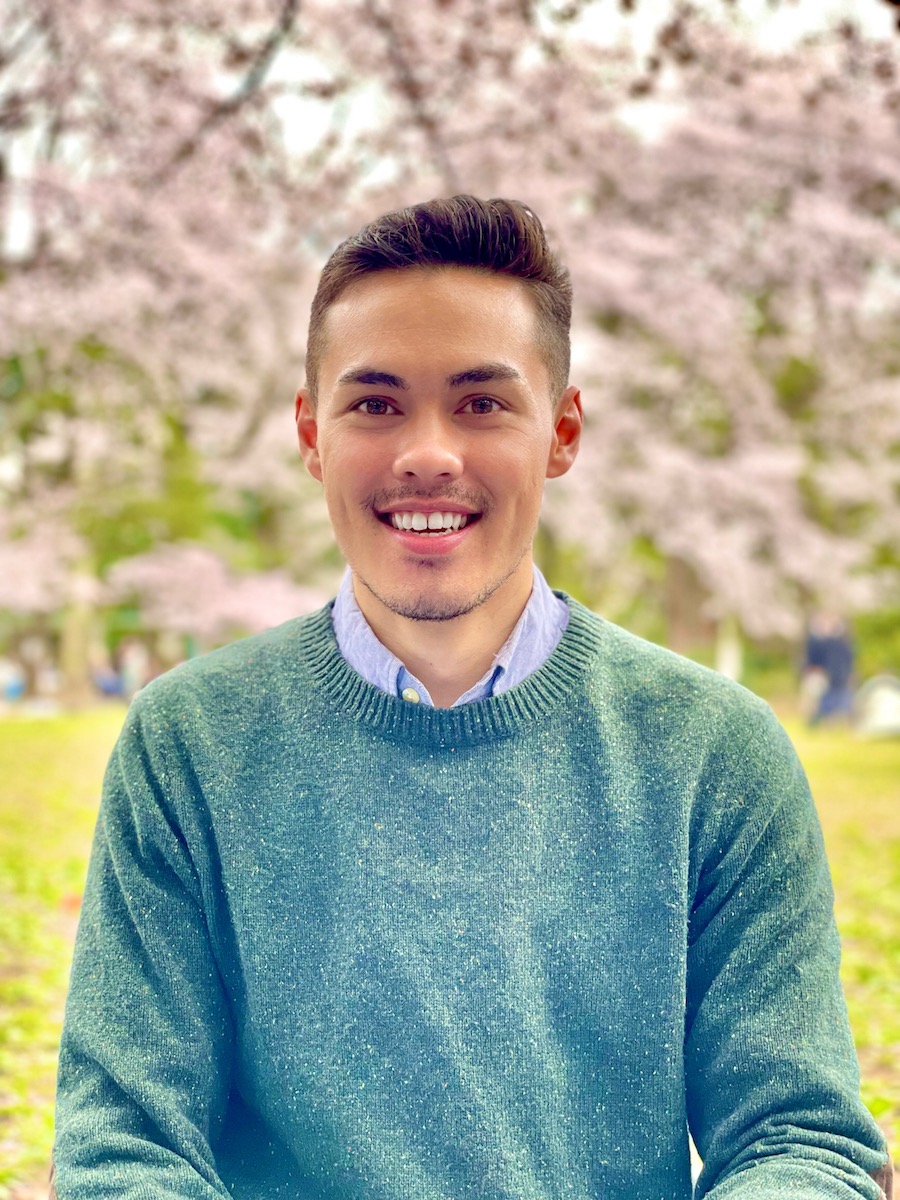What have you been up to since graduating from Bowdoin?
Following my graduation, I worked as a research technician and lab manager in Eve Marder’s lab at Brandeis University, just outside of Boston. I applied to PhD programs and matriculated in 2024 to the neuroscience graduate program at University of Michigan in Ann Arbor. I now work in Paul Kramer’s lab studying axonal excitability in the dopaminergic system.
Why neuroscience?
During my first year, I worked as a research assistant in Patsy Dickinson’s lab, helping a senior student with her honors thesis. Using lobsters, we studied the effects of modulatory molecules on the neuronal activity of the circuit controlling the heart. I will never forget how amazing it was to see an electrical recording of neural activity for the first time. Even in “simple” organisms like the lobster, there is so much fundamental knowledge to uncover about how the nervous system works. My time at Bowdoin, both in the research lab and in my courses, made it clear to me that I wanted a career in neuroscience.
Are there any classes, professors, or experiences that had a lasting impact on you?
Patsy Dickinson was one of the first professors I met at Bowdoin during the accepted student weekend in the spring. She coincidentally became my first-year advisor and gave me the opportunity to work in her lab. She encouraged me to think critically, write carefully, and be creative in my approach to scientific problems. She was also the person who opened my eyes to the possibility of a career in neuroscience and the pursuit of a PhD. Thanks to her, I am the scientist I am today. As I progress in my career, I am even more inspired by her dedication to teaching undergraduate students.
I am also very thankful to Dan Powell, who is now the lobster research representative in the neuroscience department. He taught my Neurophysiology course, which was one of the most challenging and fascinating courses I took at Bowdoin. That course helped me better understand fundamental neuroscience principles, which in turn helped me understand my own undergraduate research more deeply.
What advice would you give to current students or recent graduates interested in your field?
The field of neuroscience is constantly evolving. As current students, embrace the fact that we don’t know everything about neuroscience yet. I appreciated that my neuroscience courses always incorporated new findings in the field and highlighted what is unknown and still needs to be researched. These elements of your Bowdoin education will encourage you to be a creative and thoughtful scientist, which will benefit you no matter what career you pursue.
